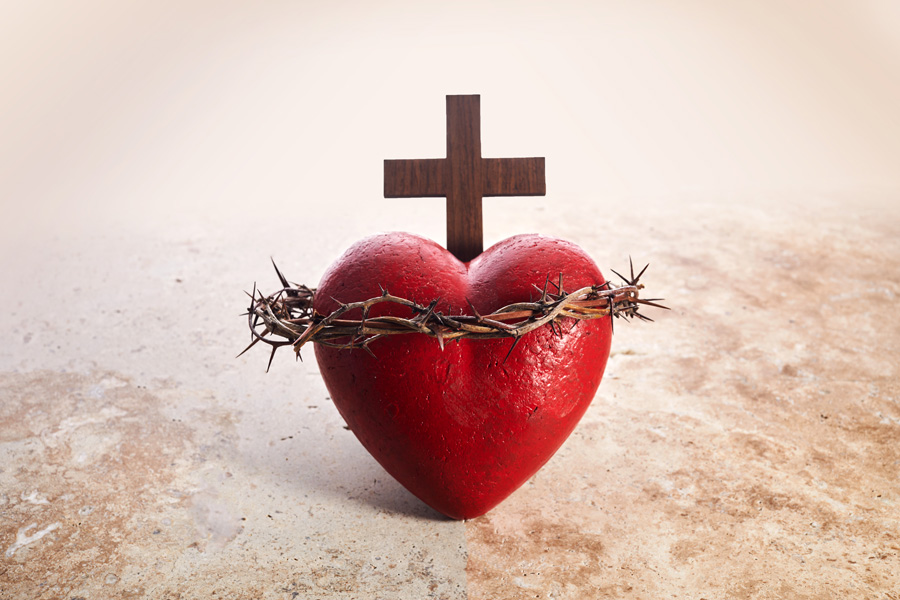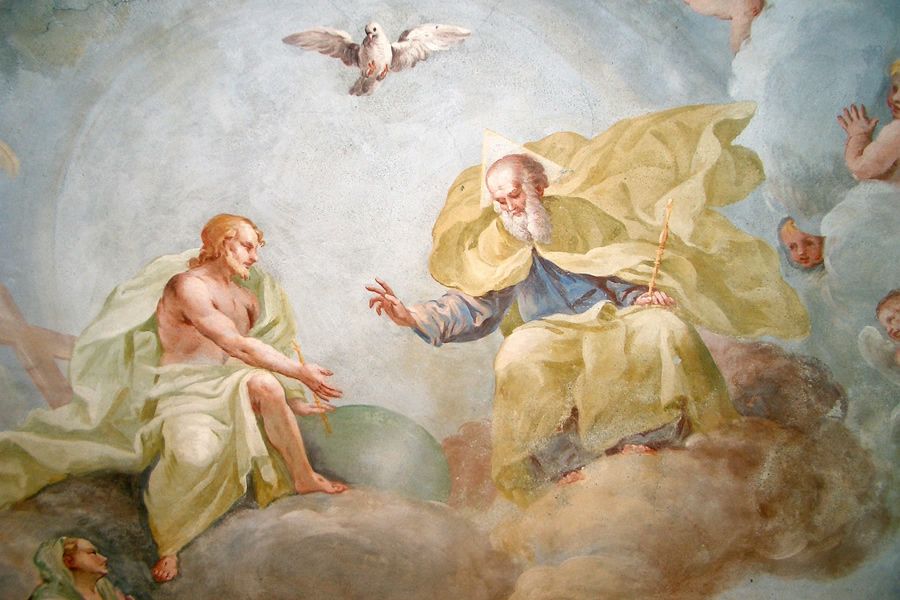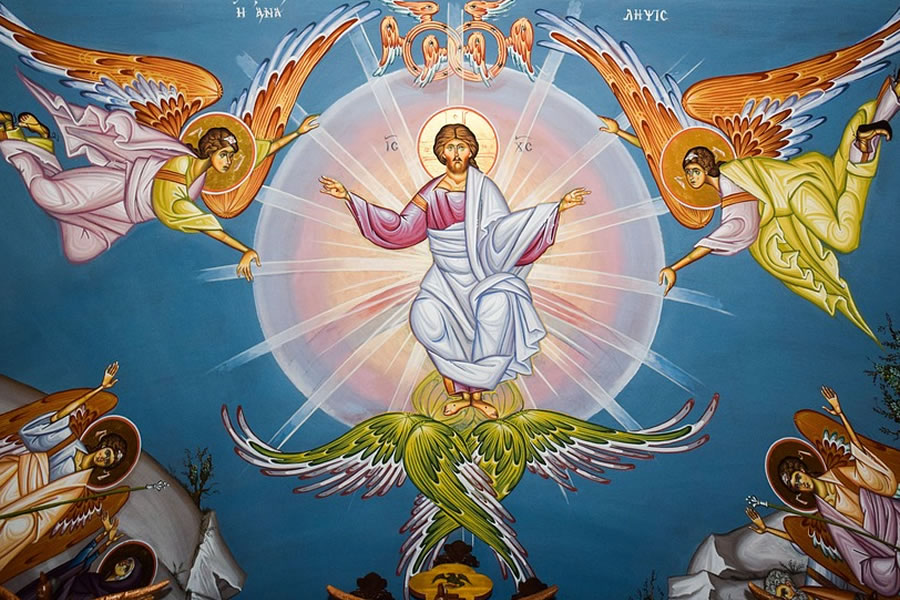Corpus Christi Blog

The Most Sacred Heart of Jesus & the Immaculate Heart of Mary
06-29-2025Weekly ReflectionJen Arnold, M.A.Today’s catechesis will require us to look back a couple of days to the Solemnity of the Most Sacred Heart of Jesus, celebrated on June 27, and the Feast of the Immaculate Heart of Mary, celebrated on June 28. These are two beloved devotions in our Catholic faith and worthy of a look into their history and significance.
READ MORE
Eucharistic Processions
06-22-2025Weekly ReflectionJen Arnold, M.A.This weekend, as we celebrate the Feast of Corpus Christi, also known as the Solemnity of the Most Holy Body and Blood of Christ, the Church highlights the real presence of Christ in the Eucharist in a special way. A central aspect of our traditional Corpus Christi celebration is the Eucharistic Procession, during which the Blessed Sacrament is carried out of the Church building and into the surrounding streets and communities. As with all of our Catholic rituals and customs, the Eucharistic Procession was not imagined as just a “good idea” by someone at some point in time. Rather, it is richly steeped in tradition and meaning. Let’s look at the origins and significance of the Eucharistic Procession.
READ MORE
Pray to the Father, through the Son, in the Holy Spirit
06-15-2025Weekly ReflectionJen Arnold, M.A.The mystery of the Most Holy Trinity — one God in three Persons: Father, Son, and Holy Spirit — is the central mystery of Christianity. For Catholics, this mystery isn’t just an abstract theological concept, but the very source and goal of our spiritual journey. Our entire life is meant to be sanctified by the Trinity, leading us to the “Beatific Vision” which is the fullness of life and love in the brilliance of the Trinity’s presence for all eternity. The Church invites us to enter into a personal and intimate relationship with the Triune God that transforms our hearts and daily lives. Let’s explore the practical ways we can live, pray, and worship the Trinity, so the mystery becomes more obvious, perceptible, and real to us every day.
READ MORE
Charisms
06-08-2025Weekly ReflectionJen Arnold, M.A.Pentecost is the day when the Church celebrates the descent of the Holy Spirit to guide and protect the Church after Jesus Christ left this earth and ascended to heaven. One of the ways the Holy Spirit guides his Church is by giving each of us special graces, or gifts, called “charisms” that allow us to assist in the missionary work of building up the kingdom of heaven on earth. The first example of this occurs in the story of Pentecost in Acts 2:1-41, when the Spirit rested on each of the apostles as a tongue of fire. They then spoke to a large, diverse crowd in various languages, resulting in the conversion of three thousand souls. However, that was only the first day of the Church’s mission. To ensure her continued growth for the salvation of souls, over the centuries, the Holy Spirit has gifted each member of the body of Christ with charisms. Let’s discuss what they are and how we ought to use them for the greater glory of God.
READ MORE
St. John Vianney’s Insights on Following Jesus to Heaven
06-01-2025Weekly ReflectionJen Arnold, M.A.As we celebrate the Feast of the Ascension today, I would like to share some insights from a homily given by St. John Marie Vianney (1786-1859) on this same feast day.
When Jesus ascended to heaven 40 days after his resurrection, he left his apostles here on earth commissioned to go forth and make “disciples of all nations” (Mt 28:19). Even more broadly beyond his apostles, he left behind his Church, the Catholic Church we’re in now, to continue that mission until his Second Coming at the end of time. Jesus knew what his apostles and his Church would endure after he was gone and, therefore, he gave warnings to prepare them, but always encouraged them with promises of rewards for their faithfulness. St. John Vianney begins his homily with a paraphrase of the warning Jesus gave multiple times throughout scripture, along with the promises that come with it.
READ MORE